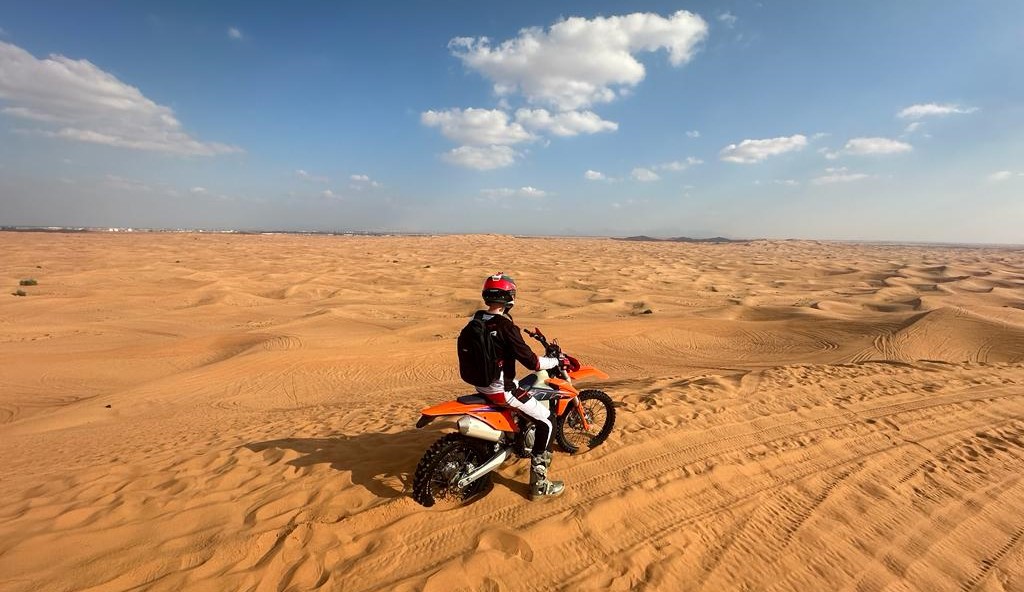
Riding a dirt bike, a thrilling and adventurous activity, often raises the question: Is it hard to ride a dirt bike? The answer depends on various factors such as experience, physical fitness, and the type of terrain. In this comprehensive guide, we delve into every aspect of dirt biking to provide a detailed answer to this question.
Understanding the Basics of Dirt Biking
What is Dirt Biking?
Dirt biking involves riding motorcycles designed for off-road conditions. These bikes are equipped with rugged tires and robust suspension systems to handle rough terrains. Unlike street motorcycles, dirt bikes are built for trails, forests, deserts, and motocross tracks.
Types of Dirt Bikes
There are several types of dirt bikes, each suited for different riding styles and terrains:
- Motocross Bikes: Built for racing on motocross tracks with jumps and sharp turns.
- Enduro Bikes: Designed for long-distance off-road riding, often featuring headlights and other accessories for endurance racing.
- Trail Bikes: Ideal for casual off-road riding, offering a balance between motocross and enduro bikes.
- Dual-Sport Bikes: Street-legal bikes that can handle both on-road and off-road conditions.
Understanding the type of dirt bike best suited for your needs is the first step towards mastering dirt biking.
Essential Skills for Dirt Biking
Balance and Coordination
Riding a dirt bike requires excellent balance and coordination. Unlike riding a bicycle, dirt biking involves managing a heavier machine on uneven surfaces. Practicing on flat, open areas can help build these skills before tackling more challenging terrains.
Throttle and Clutch Control
Mastering throttle and clutch control is crucial for smooth riding. The throttle controls the bike’s speed, while the clutch engages and disengages the engine power to the wheels. Practicing throttle and clutch control in various conditions helps in maintaining stability and control.
Braking Techniques
Effective braking is essential for safe dirt biking. Dirt bikes have separate front and rear brakes, and knowing when and how to use them is vital. The front brake provides more stopping power but can cause the bike to tip forward if used excessively. The rear brake helps in controlling the bike’s speed and stability, especially on downhill sections.
Body Positioning
Proper body positioning enhances control and reduces fatigue. Riders should lean forward while accelerating and shift their weight backward when braking. Standing on the foot pegs helps in absorbing shocks from rough terrains, improving stability and control.
Challenges Faced by Beginners
Learning Curve
The learning curve for dirt biking can be steep, especially for those with no prior experience. Beginners must spend ample time practicing basic skills such as balancing, throttle control, and braking on easy terrains before moving to more challenging ones.
Physical Fitness
Dirt biking is a physically demanding activity. Riders need strong core muscles for balance and endurance to withstand long rides. Regular exercise and specific workouts targeting core strength, leg muscles, and cardiovascular fitness can significantly improve performance and reduce the risk of injury.
Fear and Confidence
Fear of falling or losing control can hinder progress. Building confidence through gradual exposure to different terrains and practicing essential skills can help overcome this fear. Riding with experienced bikers and taking professional training can also boost confidence.
Advanced Riding Techniques
Cornering
Cornering is a critical skill in dirt biking. Riders need to lean the bike into the turn while maintaining throttle control to prevent slipping. Practicing on different types of corners, such as tight turns and wide curves, helps in mastering this skill.
Jumping
Jumping is a thrilling aspect of dirt biking but requires precise technique to avoid accidents. Riders should approach jumps with steady speed, stand up on the foot pegs, and lean forward slightly. Upon landing, absorbing the impact with bent knees and arms is crucial for maintaining control.
Riding in Different Terrains
Each terrain presents unique challenges. For example:
- Sand: Requires maintaining a steady throttle and leaning back slightly to keep the front wheel light.
- Mud: Demands gentle throttle control to avoid spinning the wheels and maintaining a lower speed for better traction.
- Rocky Trails: Necessitates standing on the foot pegs for better control and using the clutch and throttle judiciously to navigate obstacles.
Safety Measures and Gear
Protective Gear
Wearing appropriate protective gear is non-negotiable. Essential gear includes:
- Helmet: A DOT-approved helmet to protect against head injuries.
- Goggles: To shield eyes from dust and debris.
- Gloves: For better grip and protection.
- Boots: Sturdy boots to protect ankles and shins.
- Body Armor: Chest protectors, knee and elbow guards to safeguard against impacts.
Pre-Ride Inspection
Performing a pre-ride inspection ensures the bike is in good condition. Check the tire pressure, brakes, chain tension, and fluid levels before every ride.
Riding with a Buddy
Riding with a buddy enhances safety. In case of an accident or mechanical failure, having someone to assist can be lifesaving. Additionally, it makes the riding experience more enjoyable.
Conclusion
Riding a dirt bike can be challenging, especially for beginners. However, with practice, proper training, and adherence to safety measures, it becomes an exhilarating and rewarding activity. Understanding the basics, developing essential skills, and gradually advancing to more complex techniques can transform a novice into a proficient dirt biker.